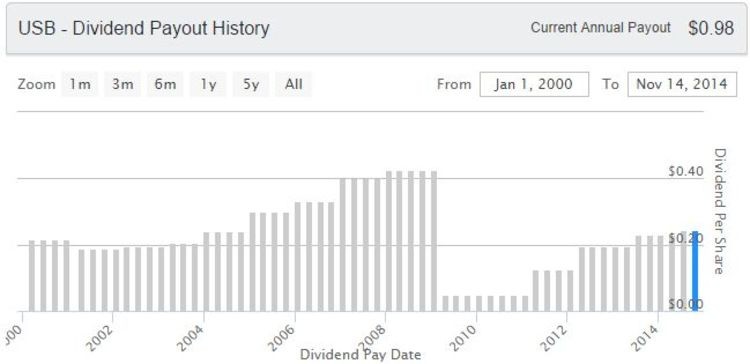In What Account Should I Hold International (non U S ) Dividend Stocks
Post on: 16 Март, 2015 No Comment

The following post is written by Brian So, a financial advisor and blogger at www.aafsinsurance.com .
Since my last post generated a lot of interesting discussion on which account to hold US stocks and ETFs, I’ll follow it up with a post on the impact of withholding taxes of holding international (non US) dividend stocks in different accounts.
Canada does not just have tax treaties with the US with respect to dividends paid to Canadians from US stocks. We also have tax treaties with 89 other countries in force and treaties signed but not in force with about a dozen other countries.
What this means is that dividends received from shares of companies in these countries will also be subject to withholding tax, depending on which account you hold these shares in. You would be able to claim the foreign tax credit (FTC) to recover the amount withheld, but only in non-registered accounts. By far the most common amount withheld is 15% of the gross dividend paid out, although there are a few exceptions, most notably India (25%). The rest of this post will describe the impact of the withholding tax on dividends paid by countries that have tax treaties with Canada. Where ETFs are mentioned, the same rules apply to mutual funds.
(The letters C through F in each section, apply to Tables 1 and 2 below)
C. International-listed stocks
The most direct way to get exposure to the international market is through their own stock exchanges, such as the London Stock Exchange or the Shanghai Stock Exchange. In a non-registered account, dividends paid to Canadians from these international companies will have a portion withheld which can be claimed back with the FTC.
In a RRSP, the withholding tax will be waived since it is an account for retirement savings, so you will receive the full amount of the dividend. The withholding tax is not waived for a TFSA since it is not an account specifically for retirement.
International stock pays dividend directly to you
D. US-listed ETF holding international stocks
Another way a Canadian investor can access the international market is through US-listed ETFs. In this case, there are actually two levels of withholding tax: one from dividends paid by the international company to the US ETF, and the second from the US ETF to you. In a non-registered account, even the international withholding tax can’t be recovered, since the dividend does not flow directly to you and instead is paid to the ETF. However, the tax withheld when the dividend is distributed to you by the US ETF can be recovered via the FTC.
In a RRSP, the first level is withheld and not recoverable. But since it is an account for retirement savings, the second level of withholding tax is waived. The same can’t be said about a TFSA. Therefore, in a TFSA, you’re dinged twice and both levels of the withholding tax are unrecoverable.
E. Canadian-listed ETF holding international stocks
Some Canadians prefer to own international stocks through Canadian-listed ETFs. The rules governing withholding tax is exactly the same as for Canadian-listed ETFs holding US stocks from my previous post. So in a non-registered account, the FTC can be claimed to recover the tax withheld. In a RRSP and TFSA, tax will be withheld and can’t be recovered with the FTC.
International stock pays dividend to Canadian ETF
F. Canadian-listed ETF holding US-listed ETF of international stocks
If you want exposure to the international market while hedging the Canadian dollar, you can purchase a Canadian-listed ETF holding US-listed ETF of international stocks. Once again, there are two levels of withholding taxes to consider: one from dividends paid by the international company to the US ETF, and the second from the US ETF to the Canadian ETF. In a non-registered account, the first level of withholding tax which is paid from the foreign company to the US ETF can’t be recovered. But the tax withheld on the dividend payable by the US ETF to the Canadian ETF can be recovered by claiming the FTC.
In a RRSP, the first level is withheld and unrecoverable since the dividend flows from the international company to the US ETF. Withholding tax also won’t be waived on the second level since it was paid by the Canadian ETF and not by you. So in a RRSP and TFSA, both levels of withholding taxes apply and are not recoverable.
Withholding Taxes and Dividends
Table 1 below, summarizes the differences between International-listed stocks (C ), US-listed ETF holding international stocks (D ), Canadian-listed ETF holding international stocks (E ) and Canadian-listed ETF holding US-listed ETF of international stocks (F ) in a non-registered account, RRSP and TFSA.














